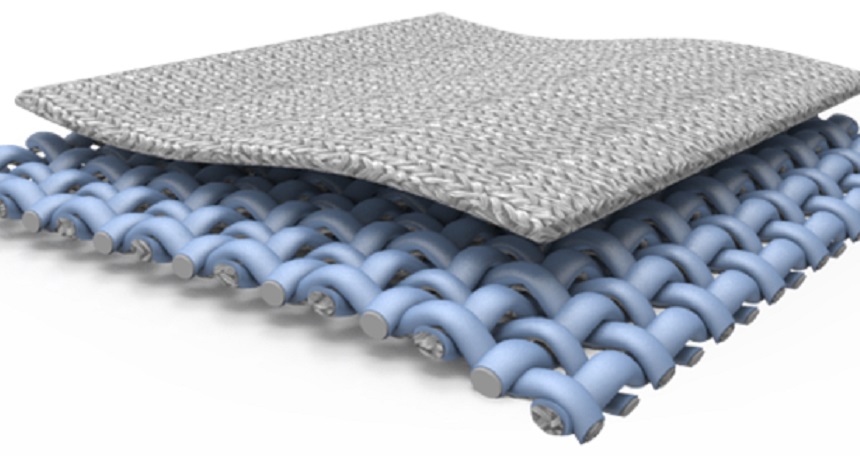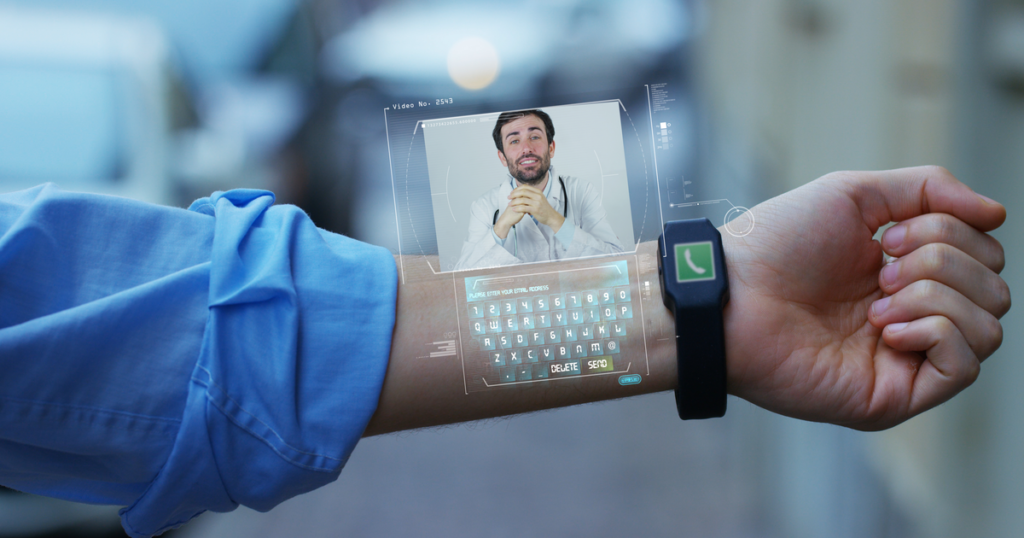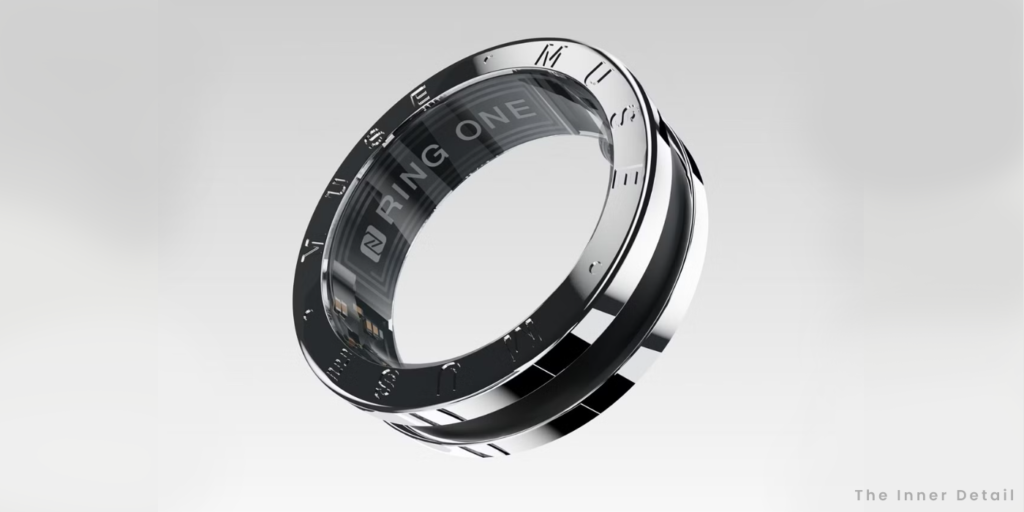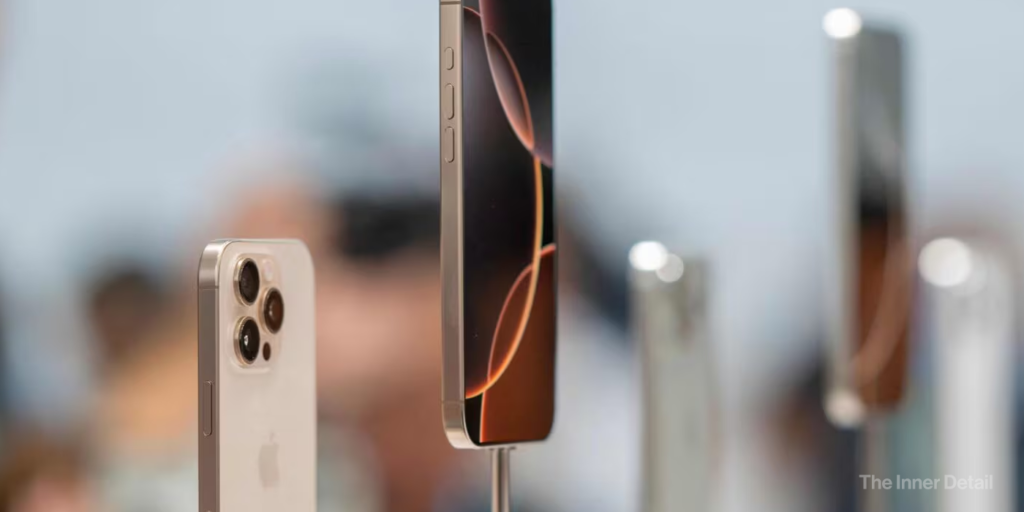Technology and innovation are penetrating every sector in the world and upgrading the world to a more comfortable and easier version in affording the demands. The world now expects more innovations and creative ideas and values them higher. As we can see, the diffusion of internet in 1980s and 1990s pioneered the most of the products at present, its time to evoke the field to further development to meet the demands. This technological era excites us with many of its innovations and ideas. Human’s thinking had improvised over the years and so their works and the results of their thoughts. If you can imagine it, you can achieve it. If you can dream it, you can become it.
If you can imagine it, you can achieve it. If you can dream it, you can become it.
Smart Clothes
Your clothes will charge your iPod, car-keys and mobile phones too in future. The advent of smart clothes does it so. Smart Clothes are designed with wearable triboelectric nanogenerator (WTNG) incorporated within it, and are capable to generate electricity of small volts (as a result of friction), if the clothes are bend and flexed.
Triboelectricity is the science of generating electricity through friction.

Scientists in South Korea say that this flexible, fold-able smart cloth weighs a tad high than ordinary clothes, but is still wearable. The smart shirt has three layers viz, top and bottom layers are coated with silver and the middle layer possess zinc oxide rods coated with polymer. The silver and zinc oxide layers react as they are brought into contact and there exists ionic movement, which produces electricity. Just as, your hairs erect, if you bring a cloth-rubbed balloon close to your hair. The tests proved the objective by lighting up an array of light emitting diodes (LED), small screens and car keys. Scientists are further researching on the product for making it washable and comfortable.
To the surprise, researchers had made ‘Smart Underwear‘ that equips sensors, for providing a continuous connection to the human body to keep tracks on health and wellness.
Living Building Materials – Self-healing Concrete
Buildings and constructions would self-heal its cracks and prevent breakage by itself in future. Sounds great, right?

The team from the University of Colorado Boulder are in track to build a fitting self-healing living concrete that would heal its cracks and suck up dangerous toxins from the air. Scientists have been developing the living concrete by using sand, gel and bacteria. Precisely stating, the photosynthetic microbial bacteria biomineralize with sand-gelatin scaffolds to create living building materials(LBM). The microbial viability, i.e., the self-healing characteristic of the concrete is more profound in humid areas. The results showed up for 30 days and microbes are leveraged for self-healing process with three generations from one parent generation.
Future will have not just living self-healing buildings, but also self-cooling and eco-friendly buildings, as a fight against climate change. Read more about the Future Buildings here.
Human-powered Wearables
Scientists have found a way to harvest some of the energy you spend when you exercise and turn it into electricity. No-one will be plugging themselves into the grid any time soon, but researchers at the the University of Colorado, Boulder, believe their technology could power a heart-rate monitor or fitness tracker.
The team was able to fit thermoelectric generators into stretchable film bands that can be worn around the wrist. They cost less than $10 to make, and because they’re made from a liquid metal and polymer, they are both self-healing and easy to recycle.
Besides, it’s been possible to suck out energy from human sweat, and researchers have published the possibility of charging a wearable device from human sweat through a biofuel cell.
Fast Charging of EVs
Fast-charging of electric vehicles is seen as key to their take-up, so motorists can stop at a service station and fully charge their car in the time it takes to get a coffee and use the toilet – taking no longer than a conventional break. But rapid charging of lithium-ion batteries can degrade the batteries, researchers at Penn State University in the US say.
This is because the flow of lithium particles known as ions from one electrode to another to charge the unit and hold the energy ready for use does not happen smoothly with rapid charging at lower temperatures.

However, they have now found that if the batteries could heat to 60°C for just 10 minutes and then rapidly cool again to ambient temperatures, lithium spikes would not form and heat damage would be avoided. The battery design they have come up with is self-heating, using a thin nickel foil which creates an electrical circuit that heats in less than 30 seconds to warm the inside of the battery. The rapid cooling that would be needed after the battery is charged would be done using the cooling system designed into the car.
Related Posts
Their study, published in the journal Joule, showed they could fully charge an electrical vehicle in 10 minutes.
Smart Gardening
Rather than spray water, fertilizer and pesticides across their fields, many industrial farms are taking a more targeted approach, using wireless soil sensors and G.P.S. enabled equipment to determine which spots need the most attention. Soon, you’ll be able to use similar technology in your front yard. The sensors examine the moisture of the soil and turns on the sprinkler system automatically to water the crops. This is also an eco-friendly way to irrigate the soils with less water consumption.


The electrochemical sensors are broadly assisted in the research, as they detect the nutrients in the soil and provide feedbacks of the content of the soil, henceforth maintaining a stable nutrition supply to the soil.
There are many stuffs that put readers to amazement but this blog highlights the five of those, based on its effectiveness and the market scope. If you are aware of any other worthy stuffs, kindly drop your comments.
References:
- archive.nytimes.com
- https://www.sciencenewsforstudents.org/article/smart-clothes-generate-electricity?signup=success
- https://www.sciencefocus.com/future-technology/future-technology-22-ideas-about-to-change-our-world/
- https://link.springer.com/chapter/10.1007/978-0-387-77253-0_77
- https://www.cell.com/matter/fulltext/S2590-2385(19)30391-1#secsectitle0020






